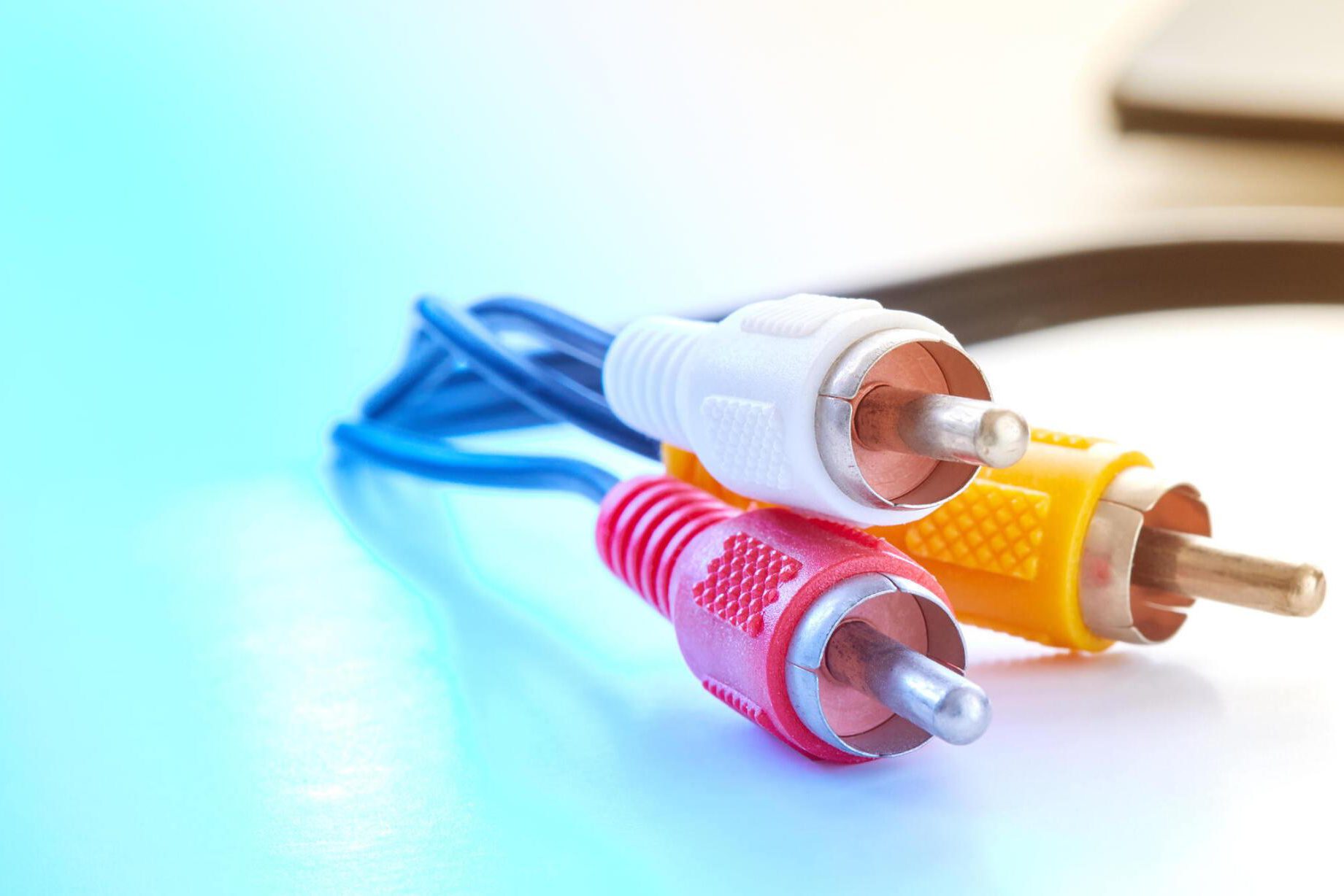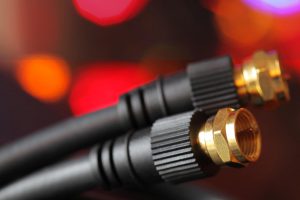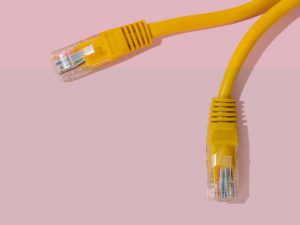Understanding the differences between coaxial cable and Ethernet is crucial for anyone working with network connections. Coaxial cable is a type of cable that uses a copper conductor to transmit data by carrying electrical signals between components. On the other hand, Ethernet refers to a set of protocols that allow for the transmission of data over network connections. Ethernet cables use twisted pairs of copper wires to transmit data packets between devices.
While both types of cables serve the purpose of transmitting data, they differ in terms of their construction, speed, and range. Coaxial cables are typically thicker and more rigid than Ethernet cables and are used for longer-distance transmission of data. Ethernet cables, on the other hand, are thinner and more flexible and are often used for shorter-distance transmissions within a building or home.
In this blog, we will cover everything you need to know about Coaxial cable connectors and ethernet. Let’s dive in and understand Coax’s meaning.
Define Coax Cable
Coaxial cable is a type of transmission line that is used to transmit high-frequency electrical signals with low loss. It consists of a central conductor made of copper or copper-clad steel, surrounded by a layer of dielectric insulator, which is in turn surrounded by a metallic shield and outer jacket. The shield helps to minimize interference and noise from external sources, while the insulator ensures that the signal remains focused and undistorted.
Advantages and Disadvantages
Coaxial cable has several advantages over other types of transmission lines. It is highly efficient, with low signal loss over long distances. Coaxial Cable for Audio is very popular among music enthusiasts due to its superior sound quality. It is also durable and resistant to environmental factors such as moisture, temperature, and electromagnetic interference. Additionally, it can support a wide range of frequencies, making it suitable for a variety of applications, including television, radio, and telecommunications.
Coaxial Cable Connectors are an essential component of a coaxial cable system. They allow you to connect your coaxial cable to devices such as TV antenna cable, cable internet, and CCTV systems. Coaxial Cable Audio is also used in the entertainment industry to connect audio equipment to sound systems.
However, coaxial cable also has some disadvantages. It is relatively expensive compared to other types of cables, and it can be difficult to install due to its stiffness and bulkiness. It is also susceptible to damage from bending or kinking, which can cause signal loss or even break the cable.
Common Uses of Coaxial Cable
Despite its drawbacks, coaxial cable is widely used in many industries due to its reliable performance and versatility. Some common applications include Cable Internet, TV Antenna Cable, internet connectivity, and security systems.
Ethernet
Ethernet is a type of computer networking technology that is used to connect devices within a local area network (LAN). It is a wired network technology that uses a standardized cable and connector system to transmit data packets between devices. Ethernet can support a variety of different data transmission speeds, ranging from 10 megabits per second (Mbps) to 100 gigabits per second (Gbps).
Advantages and Disadvantages
One of the main advantages of Ethernet is its reliability and stability. Ethernet is a well-established technology that has been in use for decades and is widely supported by hardware and software vendors. It is also relatively easy to set up and manage, making it a popular choice for small to medium-sized businesses.
However, Ethernet does have some disadvantages. One of the main drawbacks is that it is a wired technology, which means that devices must be physically connected to the network using a cable. This can limit the mobility of devices and make it difficult to expand the network beyond a certain physical area.
Uses of Ethernet
Ethernet is commonly used in a variety of different settings, including homes, offices, and data centers. It is used to connect computers, printers, servers, and other devices within a network, allowing them to share data and resources. Ethernet is also used in industrial settings to connect machines and sensors within a factory or manufacturing facility.
Comparison
In terms of comparing Coax cable and Ethernet, several factors need to be considered.
Speed
Firstly, when it comes to speed, Ethernet is widely considered to be faster than Coax cable. With Ethernet, you can achieve speeds of 10, 100, or even 1000 Mbps, depending on the type of Ethernet cable you are using. Coaxial Cable for CCTV is more suitable for transmitting data over longer distances than Ethernet.
Distance
Secondly, distance is another factor to consider. Coax cable can transmit data for longer distances than Ethernet, with the maximum distance being around 500 meters. Ethernet, on the other hand, has a maximum distance of 100 meters.
Cost
When it comes to cost, Ethernet cables are generally cheaper than Coax cables. Ethernet cables are widely available and can be purchased at a reasonable price, whereas Coax cables are generally more expensive due to their higher quality.
Reliability
Finally, reliability is another factor to consider. Ethernet is considered to be more reliable than Coax cable due to its digital transmission method. With Ethernet, data is transmitted digitally, which means there is less chance of interference or signal loss. Coax cable, on the other hand, uses analog transmission, which can be more prone to interference and signal loss.
Choosing the Right Cable
In conclusion, when deciding whether to use Coaxial Cable and Connectors or Ethernet, you need to consider factors such as speed, distance, cost, and reliability. If you need to transmit data over long distances, Coaxial Cable for CCTV or other applications can be a better choice. However, if you need a reliable and fast connection for your LAN, Ethernet is the way to go.









